Cefpodoxime & Potassium Clavulanate 325 mg for Cats: The Complete Guide to Treating Feline Bacterial Infections
Cats are cherished companions, and their health is a priority for any responsible pet owner. When feline friends fall ill, especially with bacterial infections, timely and effective treatment is critical. One medication frequently prescribed by veterinarians is Cefpodoxime & Potassium Clavulanate 325 mg , a broad-spectrum antibiotic designed specifically for cats. This article will serve as your ultimate guide to understanding Cefpodoxime & Potassium Clavulanate 325 mg : how it works, when to use it, correct dosages, precautions, side effects, and more.
What is Cefpodoxime & Potassium Clavulanate 325 mg ?
Cefpet CLV-325 is an oral antibiotic tablet formulated for cats, containing Cefpodoxime Proxetil as the active ingredient. Cefpodoxime belongs to the third-generation cephalosporin class of antibiotics, known for their effectiveness against a broad range of gram-positive and gram-negative bacteria.
This medication is used primarily to treat bacterial infections affecting the skin, respiratory system, urinary tract, and other soft tissues in cats. Cefpet CLV-325 works by disrupting the bacteria’s ability to build its cell wall, which leads to bacterial death and helps the cat’s immune system clear the infection.
Understanding Cefpodoxime Proxetil: The Active Ingredient
Cefpodoxime Proxetil is a prodrug, meaning it is inactive in the tablet form but converts into the active antibiotic (cefpodoxime) once inside the cat’s body. This conversion ensures optimal absorption and systemic availability.
Mechanism of Action
- Cefpodoxime binds to bacterial penicillin-binding proteins (PBPs).
- This binding inhibits peptidoglycan synthesis — a critical component for bacterial cell wall strength.
- Without a robust cell wall, bacteria become vulnerable and ultimately rupture due to osmotic pressure.
- This bactericidal effect helps eliminate the infection efficiently.
The drug is effective against many bacteria strains commonly responsible for feline infections, including Staphylococcus, Streptococcus, Escherichia coli, and Proteus species.
Common Uses of Cefpodoxime & Potassium Clavulanate 325 mg in Cats
This medication is often recommended by vets to address various bacterial infections in cats, including but not limited to:
- Skin and soft tissue infections: wounds, abscesses, dermatitis, cellulitis.
- Respiratory infections affecting the upper and lower airways, including pneumonia, bronchitis, and rhinitis.
- Inflammation of the bladder caused by infection with antibiotic-sensitive bacteria.
- Post-surgical infections: prevention and treatment after surgeries.
- Gastrointestinal bacterial infections: in cases where bacteria cause diarrhea or inflammation.
Because of its broad-spectrum activity, Cefpet CLV-325 is a versatile and frequently recommended antibiotic in feline medicine.
How to Administer Cefpodoxime & Potassium Clavulanate 325 mg to Your Cat
Veterinary Supervision is Essential
Use Cefpet Cefpodoxime & Potassium Clavulanate 325 mg only as directed by a vet, who will tailor the dosage and duration according to your cat’s weight and the infection’s nature and severity.
Dosage Recommendations
| Cat Weight (kg) | Recommended Dose (mg Cefpodoxime Proxetil) | Tablet Quantity (100 mg tablets) | Frequency | Duration |
| Up to 2 kg | 5–10 mg | 1/10 to 1/5 tablet | Once daily | 7 to 14 days |
| 2.1 – 4 kg | 10–20 mg | 1/5 to 1/2 tablet | Once daily | 7 to 14 days |
| 4.1 – 6 kg | 20–30 mg | 1/2 to 3/5 tablet | Once daily | 7 to 14 days |
| Over 8 kg | Over 40 mg | 1 tablet or as prescribed | Once daily | 7 to 14 days |
Notes:
- Dosage and treatment schedule should be confirmed by a veterinary professional.
- Do not split tablets if not safe or recommended by vet (tablet splitting should be done carefully).
- Modify the treatment dose depending on how serious the infection is and the cat’s medical history.
Administration Tips
- Hold your cat gently and place the tablet at the back of its tongue.
- Encourage swallowing by offering a small amount of water or food afterward.
- Maintain consistent daily timing for dosing.
- Continue the full course of treatment, even if your cat shows signs of improvement.
Important Precautions Before Using Cefpodoxime & Potassium Clavulanate 325 mg for Cats
This section outlines important precautions that cat owners must consider before administering Cefpet to their feline companions.
1. Consult a Veterinarian Before Use
- Always seek professional veterinary advice before giving Cefpet CLV-325 to your cat.
- A veterinary professional will establish the diagnosis and evaluate if Cefpet is the best option, taking into account the infection and your cat’s health.
- Avoid self-medicating or using leftover antibiotics, as incorrect treatment can worsen the condition or promote resistance.
2. Disclose Complete Medical History
- Inform your vet about your cat’s past and current medical conditions, including:
- Allergies to antibiotics, especially cephalosporins or penicillins.
- Kidney, liver, or gastrointestinal disorders.
- Any chronic illnesses or immune system problems.
- Pregnancy or lactation status.
- This information helps the vet assess risks and tailor the treatment plan.
3. Watch for Allergic Reactions
- Cefpet contains cephalosporin, which can cause allergic reactions in some cats.
- Signs to watch for include itching, rash, swelling, hives, difficulty breathing, or sudden weakness.
- If any allergic symptoms appear, stop the medication immediately and contact your vet or emergency clinic.
4. Follow the Prescribed Dosage Strictly
- Administer Cefpet exactly as prescribed—do not increase, decrease, or skip doses.
- Consistent dosing maintains effective drug levels in the bloodstream to combat infection.
- Incomplete or irregular dosing may lead to treatment failure or antibiotic resistance.
5. Complete the Full Treatment Course
- Carry out the full prescribed course, even when symptoms improve before finishing.
- Prematurely stopping treatment increases the risk of the infection returning or deteriorating.
6. Avoid Using in Pregnant or Nursing Cats Without Veterinary Approval
- The safety of Cefpet during pregnancy or lactation is not fully established.
- Only use this medication in such cats if specifically advised by a veterinarian.
7. Be Aware of Potential Drug Interactions
- Inform your veterinarian about all other medications, supplements, or herbal remedies your cat is taking.
- Some drugs may interfere with Cefpet’s action or increase side effect risks.
- Common interacting drugs include aminoglycosides, macrolides, and certain antacids.
8. Administer with Food if Gastrointestinal Upset Occurs
- Cefpet can sometimes cause mild stomach upset.
- Giving the tablet with food may help reduce nausea or vomiting.
- If severe gastrointestinal symptoms persist, consult your vet.
9. Monitor Your Cat During Treatment
- Observe your cat daily for any adverse reactions or signs that the infection is not improving.
- Report any unusual symptoms, such as vomiting, diarrhea, lethargy, or behavioral changes to your veterinarian immediately.
Benefits of Cefpodoxime & Potassium Clavulanate 325 mg Tablets for Cats
- Broad antibacterial spectrum: Covers many common and serious bacterial infections.
- Convenient once-daily dosing: Simplifies treatment and improves compliance.
- Good oral bioavailability: Ensures effective drug concentration in the bloodstream.
- Well tolerated: Most cats experience minimal side effects.
- Effective skin infection treatment: Particularly useful in wounds and abscesses.
- Prevention of post-surgical infections: Helps avoid complications after surgeries.
Potential Side Effects of Cefpodoxime & Potassium Clavulanate 325 mg in Cats
Common Side Effects
- Temporary lethargy or mild behavioral changes.
Rare or Serious Side Effects
- Allergic reactions: swelling, itching, hives, or breathing difficulties.
- Oral irritation or hypersensitivity.
- Secondary infections if normal bacterial flora is disrupted.
Why Veterinary Guidance is Vital
Antibiotics like Cefpodoxime & Potassium Clavulanate 325 mg are powerful tools, but improper use can cause resistance, treatment failure, and harm. A veterinarian’s expertise ensures:
- Accurate diagnosis of bacterial infection.
- Appropriate drug selection and dose.
- Monitoring for side effects.
- Tailored treatment duration.
- Prevention of antibiotic misuse.
Signs Your Cat May Need Cefpodoxime & Potassium Clavulanate 325 mg
If your cat exhibits symptoms such as:
- Persistent wounds or skin infections.
- Chronic coughing, sneezing, or nasal discharge.
- Frequent or painful urination.
- Fever or lethargy.
- Post-operative infection signs (redness, swelling, discharge).
A vet may recommend Cefpet CLV-325 after confirming a bacterial cause.
Conclusion
Cefpodoxime & Potassium Clavulanate 325 mg for cats is a powerful and well-tolerated broad-spectrum antibiotic formulation used to treat a variety of bacterial infections, including those of the skin, urinary tract, respiratory system, and soft tissues. By combining Cefpodoxime, a third-generation cephalosporin, with Clavulanate, a β-lactamase inhibitor, this medication effectively overcomes bacterial resistance and enhances therapeutic success. Its once-daily dosing, strong efficacy against both Gram-positive and Gram-negative organisms, and favorable safety profile make it a veterinarian-recommended option for feline patients. When used under proper veterinary guidance, it offers fast relief, improved recovery times, and lower chances of recurrence.







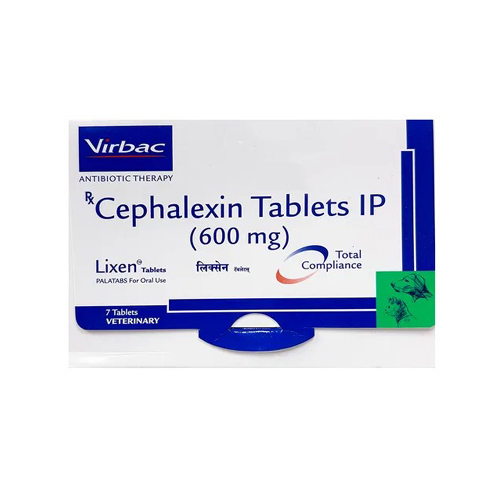
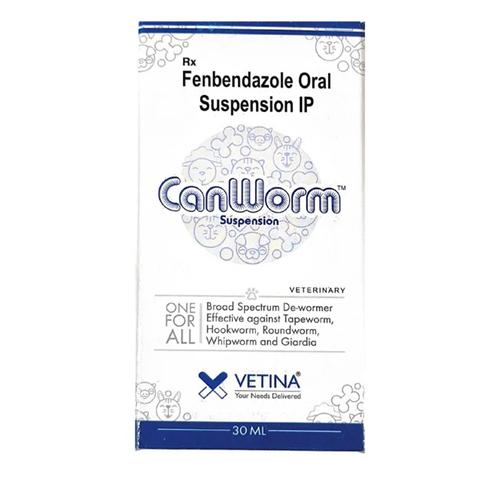


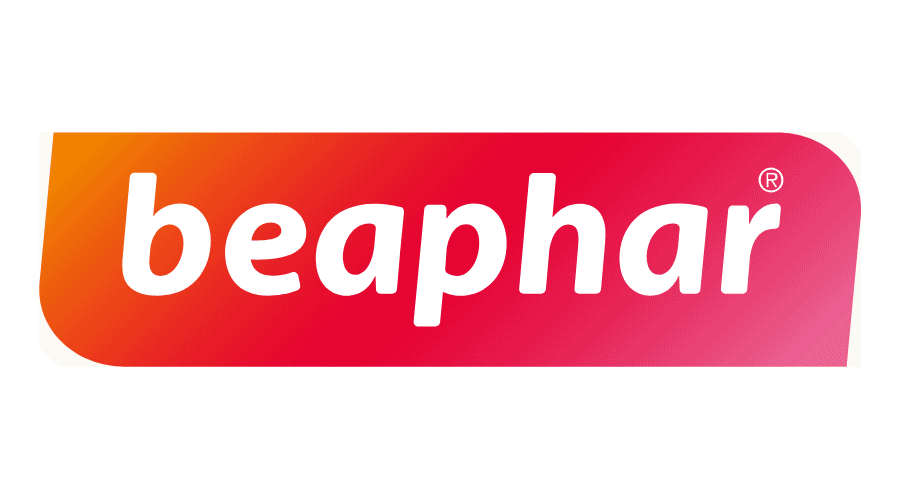
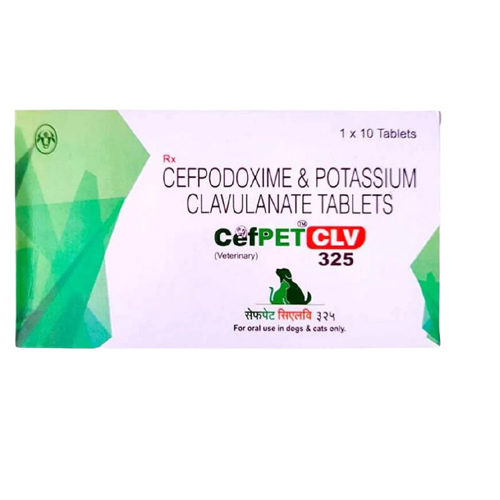
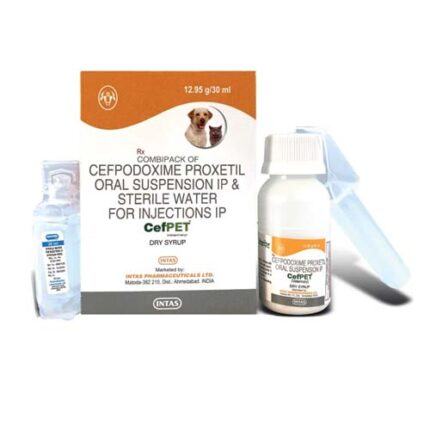
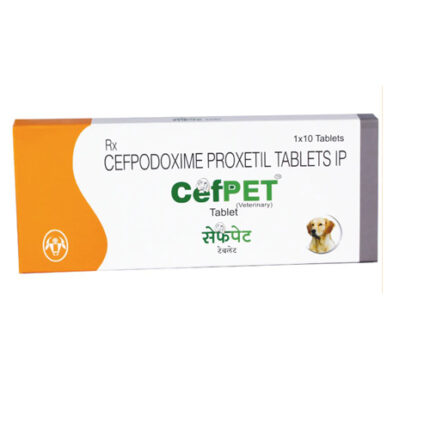
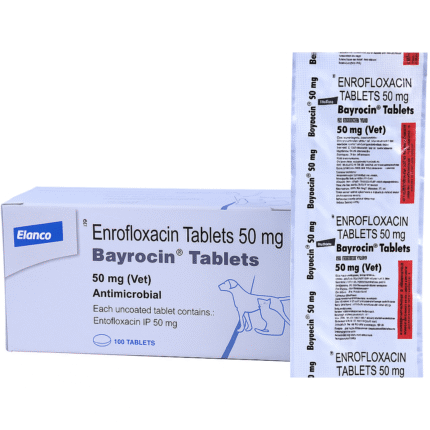


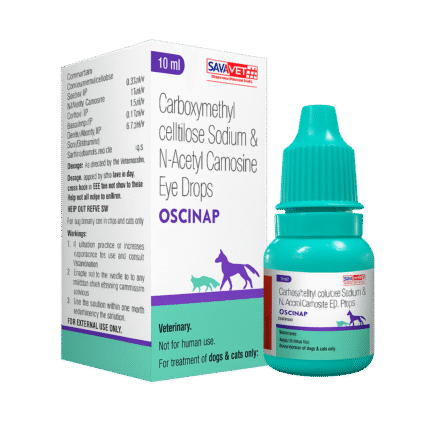
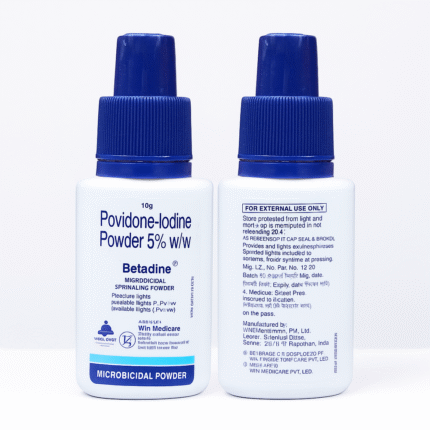



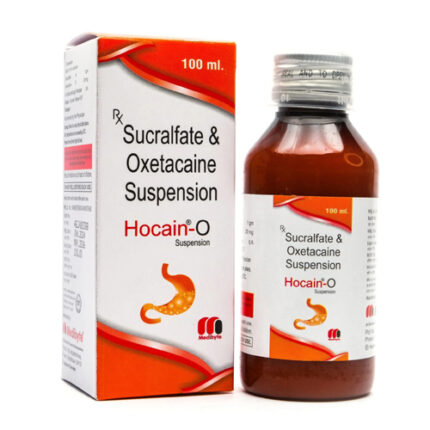
Reviews
There are no reviews yet.